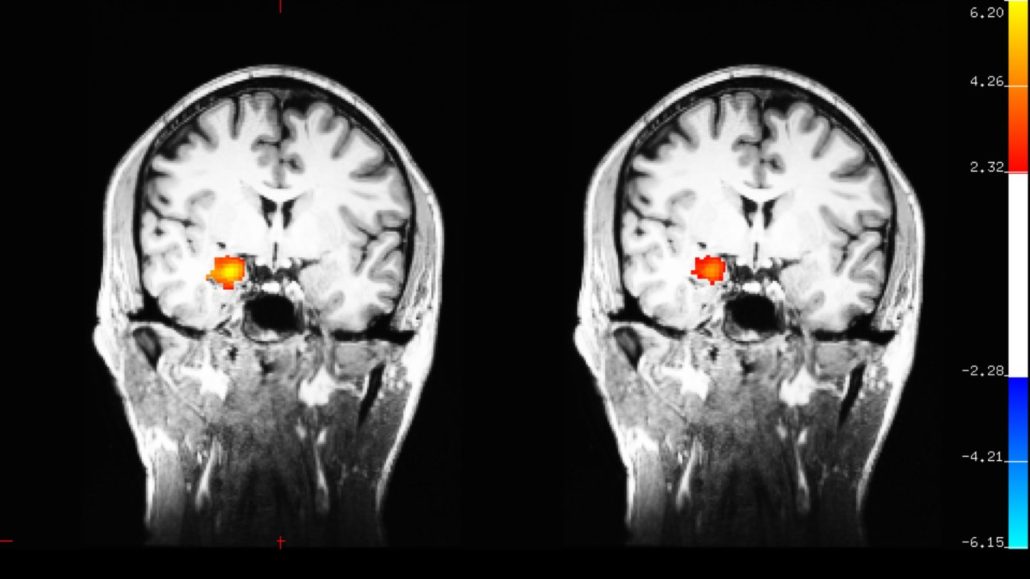
Most of the time, our minds are busy — we’re thinking about the future, dwelling on the past, worrying, fretting or daydreaming but mindfulness brings us back to the present moment.
How can mindfulness change your brain?
Participating in Mindfulness-Based Stress Reduction [MBSR] for 8 weeks is associated with increases in gray-matter density in areas of the brain involved in learning and memory, emotion regulation, perspective taking and self-referential processing, according to a study published in Psychiatry Research: Neuroimaging (2010; doi:10.1016/j.pscychresns.2O10.08.006). The purpose of the study was to find objectively measurable neurological changes in the brain that could underlie trait changes associated with taking the MBSR course. Highlighted trait changes from MBSR participation included improved psychological well-being and quality of life, as well as symptom reduction in a number of disorders, including anxiety, depression, sub- stance abuse, eating disorders and chronic pain. Researchers from Massachusetts General Hospital, Charlestown, conducted the study, which involved 16 healthy, meditation participants and 17 control group individuals. MRI scans of all participants were taken before and after the 8-week program.
After 8 weeks, brain scans showed that MBSR participants had greater gray-matter density in the left hippocampus, posterior cingulate cortex, temporopariefal junction and cerebellum compared with controls. Study authors noted that the study’s limitations included its small sample size and the fact that subjects were physician- and self-referred individuals seeking stress reduction (therefore, results might not be reflective of the general population). In addition, the MBSR program includes multiple components: meditation, mindfulness, group interaction, stress education and gentle stretching exercise. A number of studies have substantiated that the brain can change in response to training and that the adult nervous system has the capacity for plasticity. Understanding the specific changes in brain structure that result in positive functional changes (such as improved wellbeing and quality of life) is a significant step.

Functional MRI (left) showing activation in the amygdala when participants were watching images with emotional content before learning meditation. After eight weeks of training in mindful attention meditation (right) note the amygdala is less activated after the meditation training.
